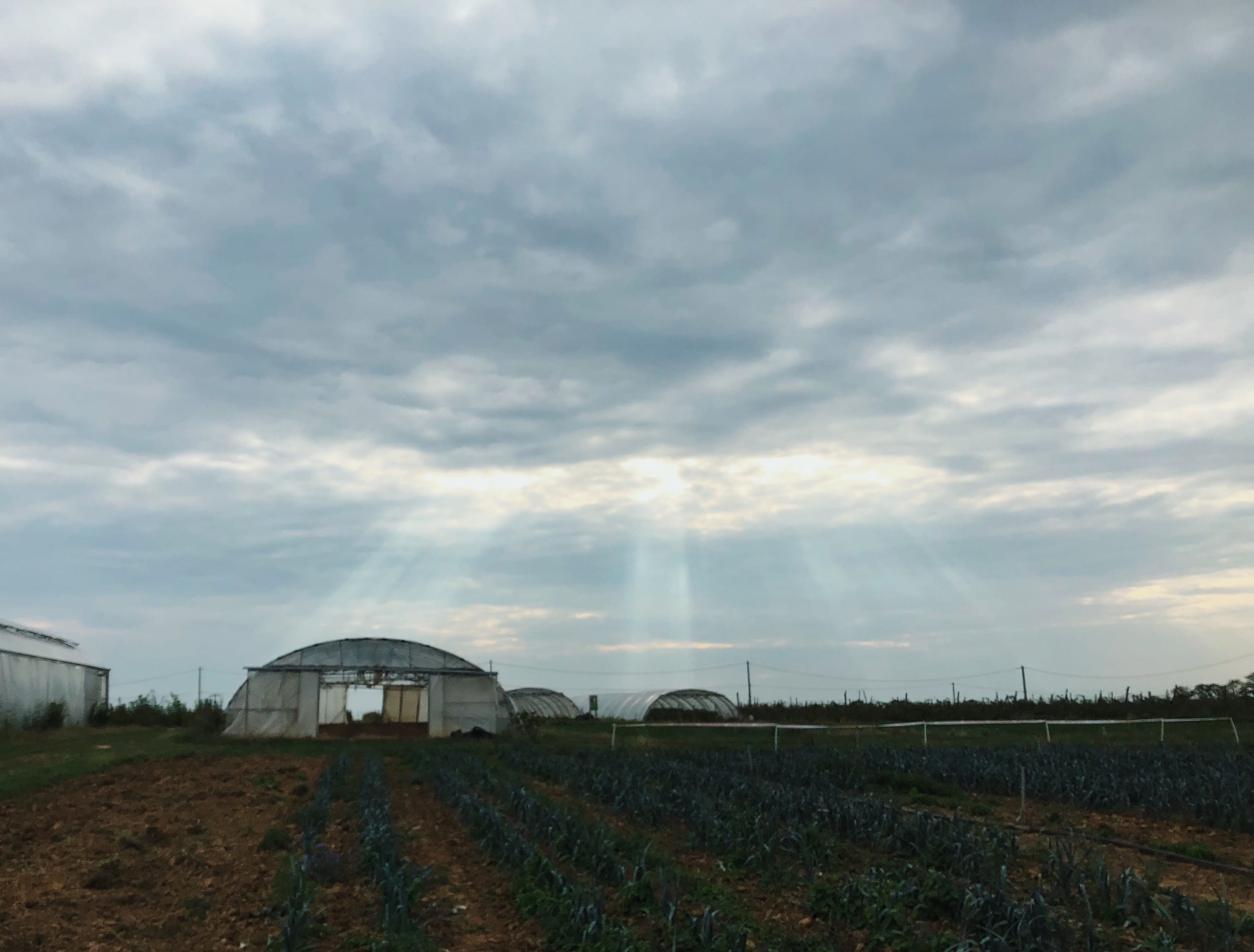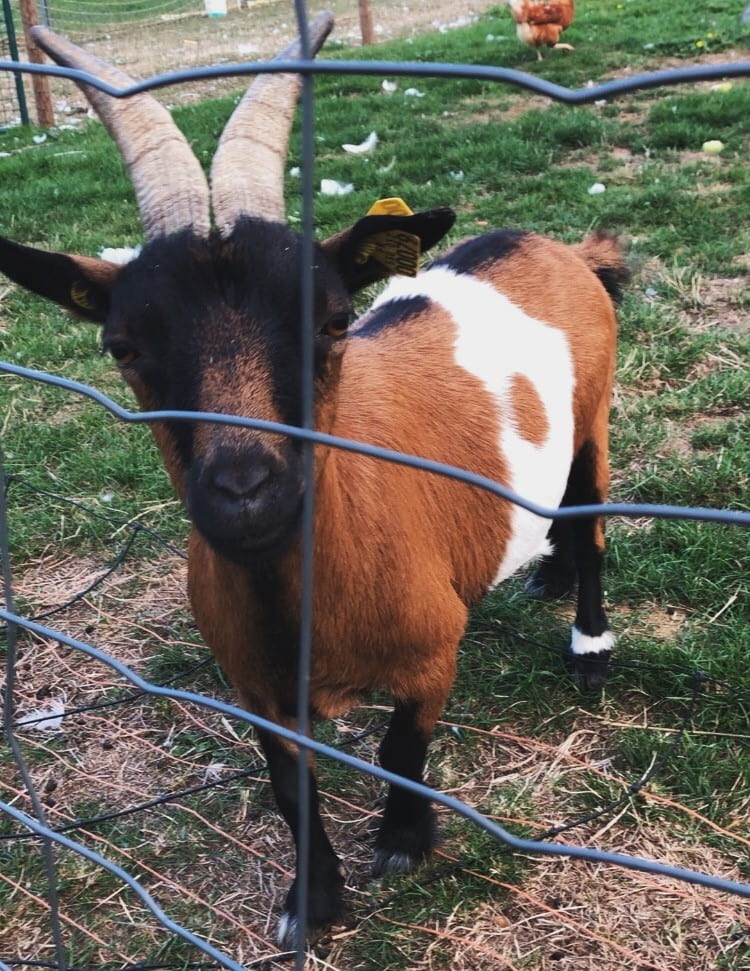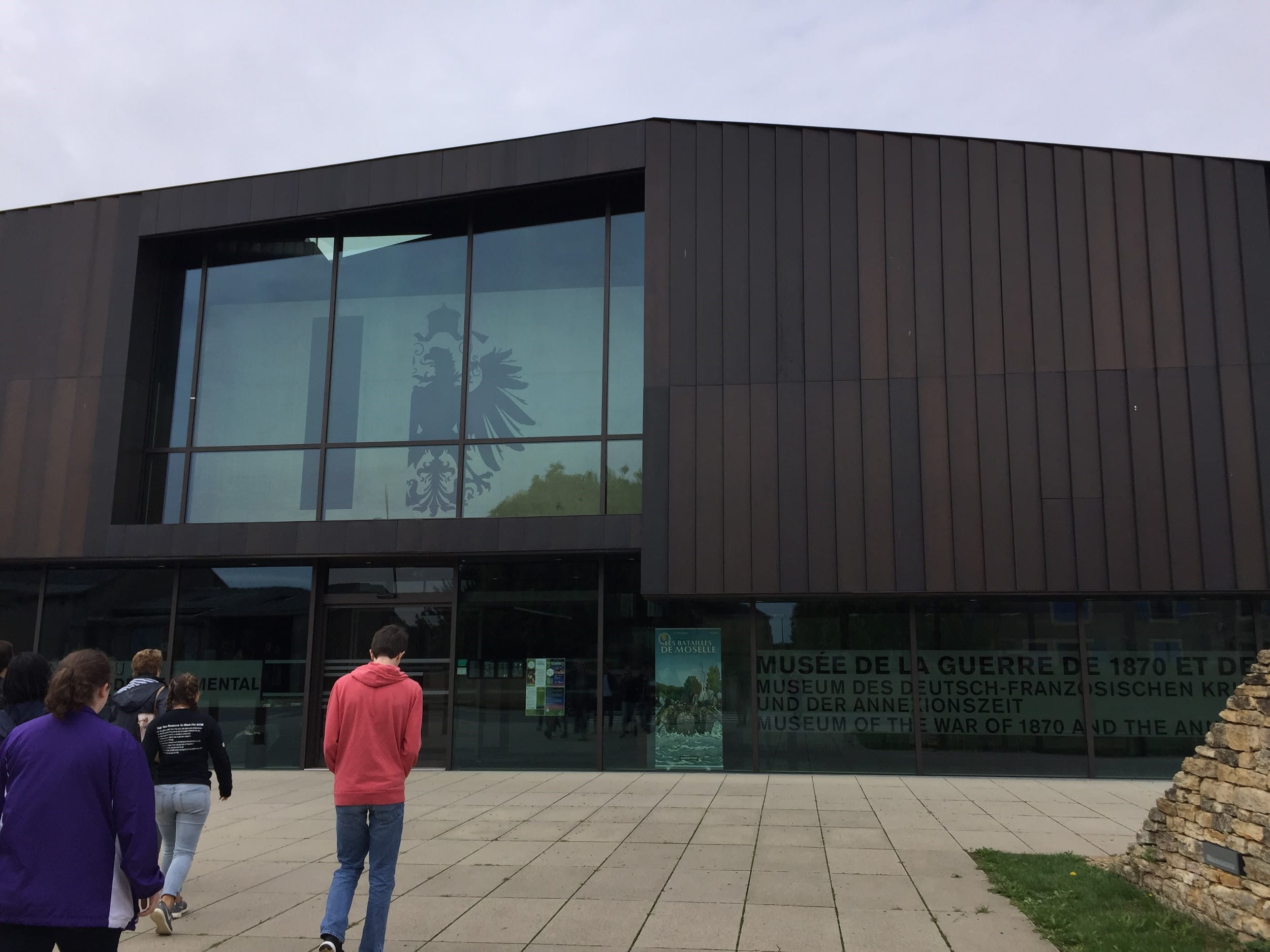Once 5:30 PM hit, we were all rushing out of the GTL building doors to make it on the bus in time. Cramming into the bus, many of the GTL students and myself were ready to go vegetable and fruit picking for the first time. With the city bus rolling down the street along the dirt roads to the fields, we pulled up to this small building, grabbed our baskets, and started picking the fruits and vegetables of our choice.

We walked out to the fields, and were instantly surrounded with the smell of nature and flowers. It was really cool to see the beauty of nature, and to see the produce in grocery stores actually growing out of the ground. The first stop many of us made and one of my favorites was going to the strawberry fields! Strawberries were nestled in the green leaves decorated by the small white flowers; this made the strawberry bushes seem even more beautiful. I really enjoyed picking the strawberries and raspberries because those are some of my favorite fruits, but it was also interesting to see how tall and wide the plants actually grow to produce such small fruit. For example, the raspberry trees were taller than me with only a couple handfuls of fruit on their branches.
The next stop in the fields were the apple trees! Did someone call Johnny Appleseed to come visit? Rows and rows of apple trees lined about one fifth of the fields. There were a variety of apples that could be picked from the trees: green, red, pink lady, Gala apples, and even more. Walking through the apple trees, I could truly appreciate the amount of work that goes into picking produce. It was even more satisfying to pick produce that was not genetically engineered in the process of their growth. Pear trees also filled the fields right next to the apple trees, standing just as tall and green.

Picking fruits and vegetables reminded me of home, and the peaceful silence of being in a rural area. Many of the GTL students enjoyed this afternoon activity as well because most of us have never been picking before – and it provided us with a much-needed break from classwork and studying too. It was nice that the Georgia Tech Leonardo Program (the new name for Madame Serafin’s cultural program featured before!) organized the entire event and that transportation was provided to and from campus. Students were able to bond more as a GTL class from this experience. While picking fruits and vegetables, I was also able to meet more students that I would see around, but had never met before.

As we left the fields to buy our items that we picked, we exited with a friendly greeting from the facility’s geese, goats, and chickens. That afternoon consisted of good laughs, smiles, small screams from seeing a bug on a leaf, and interesting conversations. This was an experience that I never would have decided to do on my own, however, this was something I will definitely remember from my time at my GTL study program.











 shopping in Paris, visit the Notre Dame, and eat the best crêpe I ever had in my entire life! I truly fell in love with Paris when I visited, and would definitely be visiting there many more times to come. French culture is something I am coming to appreciate more and more. The way people interact with one another in France, take their time throughout the day, and gleam with happiness makes me love the country even more.
shopping in Paris, visit the Notre Dame, and eat the best crêpe I ever had in my entire life! I truly fell in love with Paris when I visited, and would definitely be visiting there many more times to come. French culture is something I am coming to appreciate more and more. The way people interact with one another in France, take their time throughout the day, and gleam with happiness makes me love the country even more.





 At Georgia Tech Lorraine, Ben is pursuing his master’s in mechanical engineering. Even though he is not doing research at the moment, he hopes to begin his research next semester under a mentor. When it comes to future plans for his career, he is very open to see where his career will go. Having his bachelor’s degree in aerospace engineering and getting his master’s in mechanical engineering, Ben realizes the broad and significant number of opportunities he will have in the future. When I asked him what made him decide on getting his master’s in mechanical engineering, he said “It gives you enough tools to work in every other industry.” Long term, he hopes to one day live and work in Europe, and to have an internship experience to discover his interests before completing his master’s degree.
At Georgia Tech Lorraine, Ben is pursuing his master’s in mechanical engineering. Even though he is not doing research at the moment, he hopes to begin his research next semester under a mentor. When it comes to future plans for his career, he is very open to see where his career will go. Having his bachelor’s degree in aerospace engineering and getting his master’s in mechanical engineering, Ben realizes the broad and significant number of opportunities he will have in the future. When I asked him what made him decide on getting his master’s in mechanical engineering, he said “It gives you enough tools to work in every other industry.” Long term, he hopes to one day live and work in Europe, and to have an internship experience to discover his interests before completing his master’s degree.












 video game industry. On March 23, I got the dream opportunity of meeting one of the eSports leaders in Europe, Thomas Willaume. Willaume is the founder and CEO of Helios Gaming, the largest video game tournament ladder in the Grand Est, or “Great East,” region of France. Willaume describes Helios Gaming as a “video game ecosystem,” in which all types of players and teams gather to share their love of video games.
video game industry. On March 23, I got the dream opportunity of meeting one of the eSports leaders in Europe, Thomas Willaume. Willaume is the founder and CEO of Helios Gaming, the largest video game tournament ladder in the Grand Est, or “Great East,” region of France. Willaume describes Helios Gaming as a “video game ecosystem,” in which all types of players and teams gather to share their love of video games.
 dark yet colorful lights. A crowd of roughly 400 people gathered, eagerly sharing their affinity for video games.
dark yet colorful lights. A crowd of roughly 400 people gathered, eagerly sharing their affinity for video games.